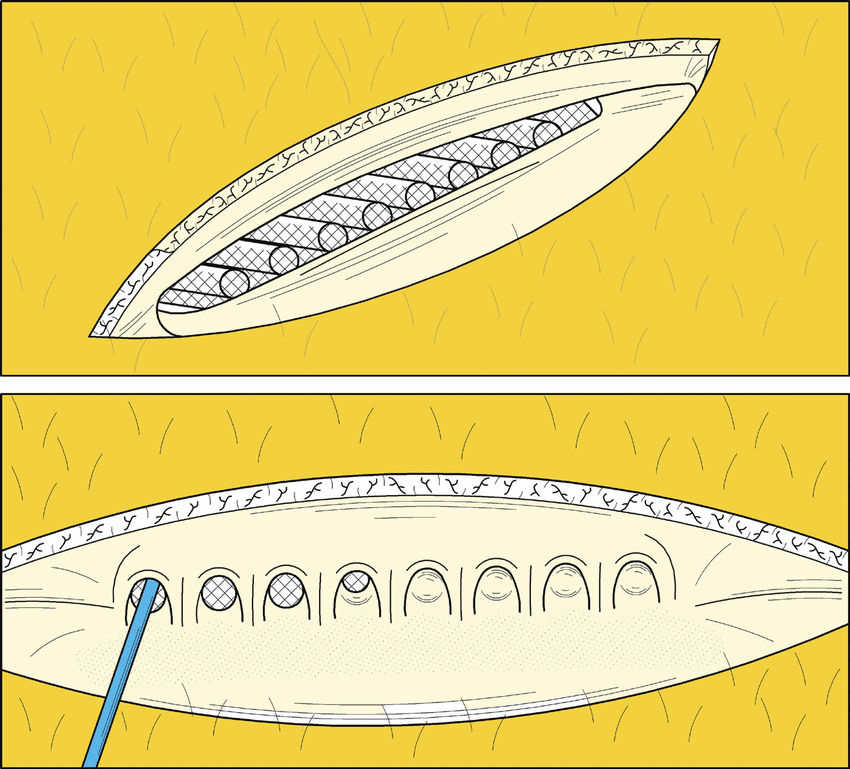
Douglas Loe of Leede Jones Gable is standing pat with Sernova (Sernova Stock Quote, Chart, News, Analysts, Financials TSXV:SVA), maintaining a “Speculative Buy” rating and target price of $2.50/share for a projected return of 59.2 per cent in an update to clients on Monday.
Founded in 2006 and headquartered in London, Ont., Sernova is a clinical-stage regenerative medicine therapeutics company, focusing on the development and commercialization of its Cell Pouch System and associated technologies, including the cell pouch and systemic and/or locally immune protected therapeutic cells and tissues.
Loe’s latest updates comes after Sernova, in conjunction with its collaborators at the University of British Columbia, published a clinical study in the journal PLoS ONE last week.
“What Sernova and UBC researchers were seeking to test was the ability of Cell Pouch to preserve survivability and physiological function of human thyroid tissue,” Loe said. “For context, the tissue was surgically removed from three distinct patients suffering from benign goiters (irregular growths on the thyroid gland), which were then deployed either into Cell Pouch or into a subcutaneous pocket instead.”
According to Loe, the study described how the firm’s implantable cell reservoir platform Cell Pouch performed in preserving function of a third distinct cell type, in this case human thyroid tissue (relevant to hypothyroidism post-thyroidectomy), while also building on previously-published data surrounding pancreatic islets related to Type 1 Diabetes, as well as Factor VIII-expressing endothelial cells.
Loe noted that the duration of cell survival within Cell Pouch is facilitated by the fact that the platform does not seem to be infused with function-limiting fibrotic tissue over the lifetime of the device, with Sernova’s partnership with the University of Miami featuring conformal cell-encapsulation technologies potentially providing a further extension on Cell Pouch’s half-life.
“For hypothyroid disease, these data support the potential of our Cell Pouch to allow for a recovery of the natural thyroid hormone feedback system following thyroidectomy, restoring thyroid hormone levels without the risks and side effects associated with hormone replacement drugs,” said Dr. Philip Toleikis, President and CEO of Sernova in the company’s January 27 press release. “This could provide life-changing options for the more than 150,000 patients who undergo a thyroidectomy in the US, alone, each year. These preclinical data are consistent with our findings utilizing the Cell Pouch in the treatment of T1D and Hemophilia A.”
“We believe the Sernova Cell Pouch System therapeutic approach could provide a ‘functional cure’ for millions of patients who suffer from afflictions caused by the absence of systemic proteins or hormones,” Dr. Toleikis added.
The study in the second with Sernova association to be published in the last month, having also published a study in Molecular Therapy: Methods and Clinical Development, Volume 23, which looked at the successful development of a novel cell therapy approach for treatment of severe hemophilia A , a serious genetic bleeding disorder caused by missing factor VIII (FVIII) activity in the blood stream.
With research and development expected to be the main focus through 2023, Loe’s financial projections truly begin to take shape in 2024 and beyond, though he expects significant growth from the projected $597,000 in Cell Pouch T1D revenue in 2024 to become nearly a 10-figure generator at a projected $994.7 million in revenue for 2032, with multiple revenue streams in both the Cell Pouch and cell therapy sectors playing significant roles in the projections.
Loe also has the company’s gross margin following a similar path, projecting growth from $35 million and a 65 per cent margin in 2025 to a projected $682.9 million and 69 per cent margin for 2032. Meanwhile, after projecting a $1.9 million EBITDA loss in 2026, Loe’s further projections come into greater focus from 2027 onward, with the EBITDA expected to move from $31.6 million and a 59 per cent margin in 2025 to $622.3 million and a 62.6 per cent margin by 2032.
2028 appears to be the key year in Loe’s valuation data, as he projects the EV/EBITDA multiple will drop to 2.7x then after projecting 11.9x for 2027, while he sees the P/E multiple coming in at 4.4x in 2028 after projecting it at 15.1x in 2027.
In maintaining the status quo, Loe pointed to already having thyroid disease included in its modelling, though he is optimistic given the most recent study, as he believes the Cell Pouch is becoming a more attractive option for facilitating progress in regenerative medicine even beyond programs that Sernova itself has undertaken.
“We continue to be encouraged by just how well Cell Pouch is performing across multiple target indications and thus across multiple cell types as a vascularizable cell reservoir platform that allows for signal-responsive release of bioactive molecules from those cell types,” Loe said.
Sernova’s stock price has slid by 16.1 per cent since the calendar turned to 2022, though its one-year return is still solid at 28.6 per cent. Sernova’s 52-week high is $2.13/share on February 8, which it fell one cent short of reaching again on January 7, while the 52-week low came on August 5, when it dropped to $1.21/share.
Leave a Reply
You must be logged in to post a comment.





 Share
Share Tweet
Tweet Share
Share




Comment